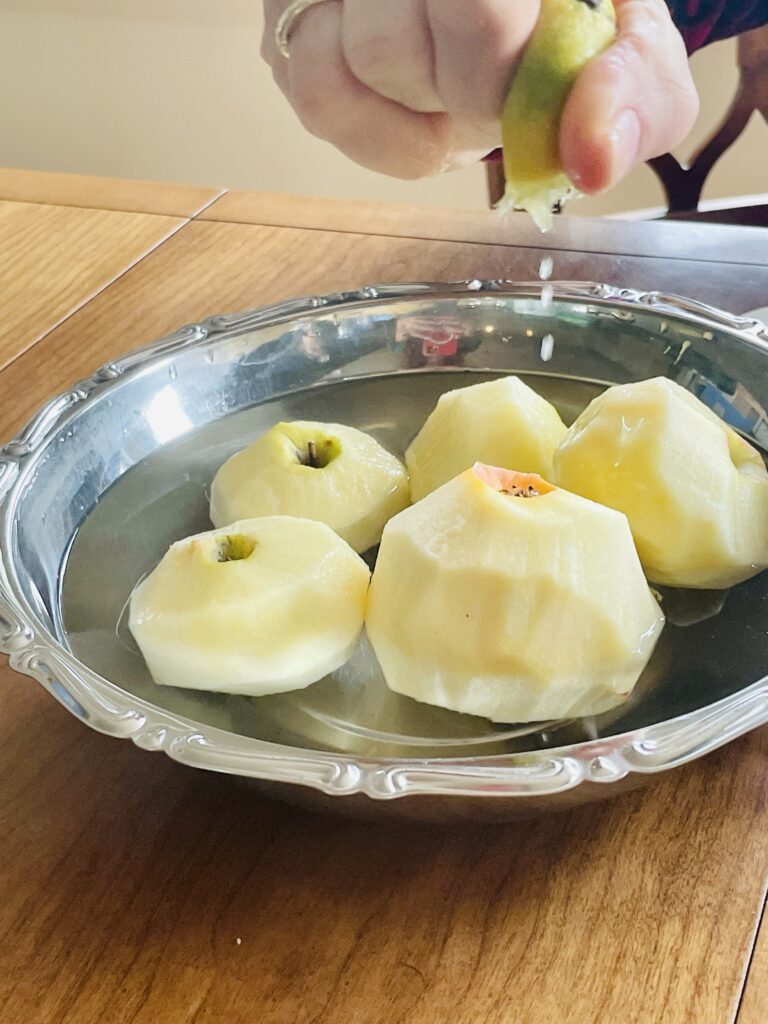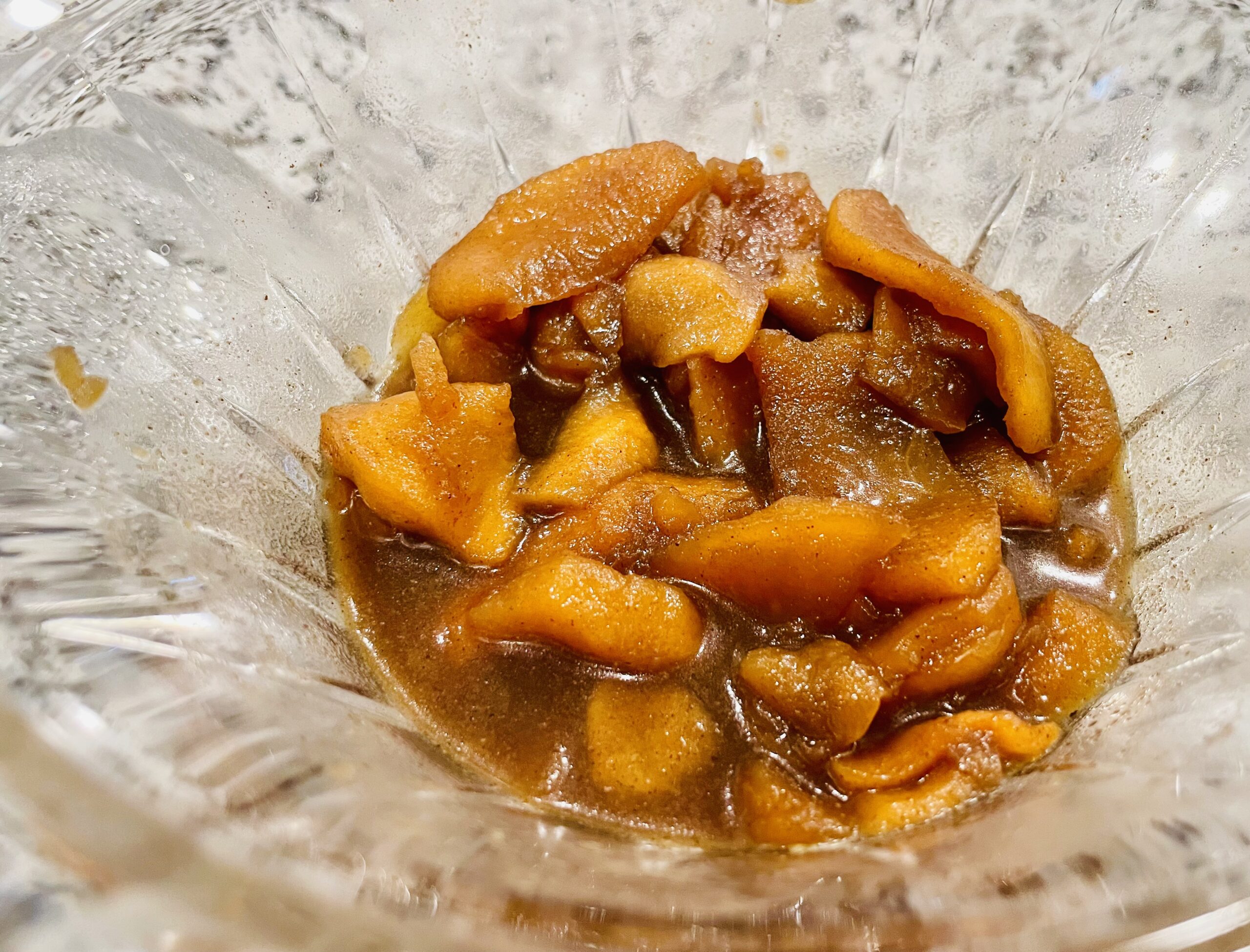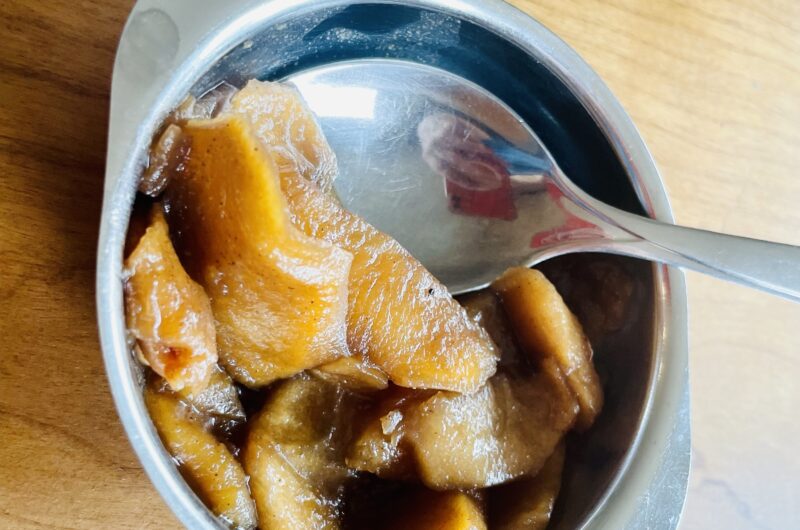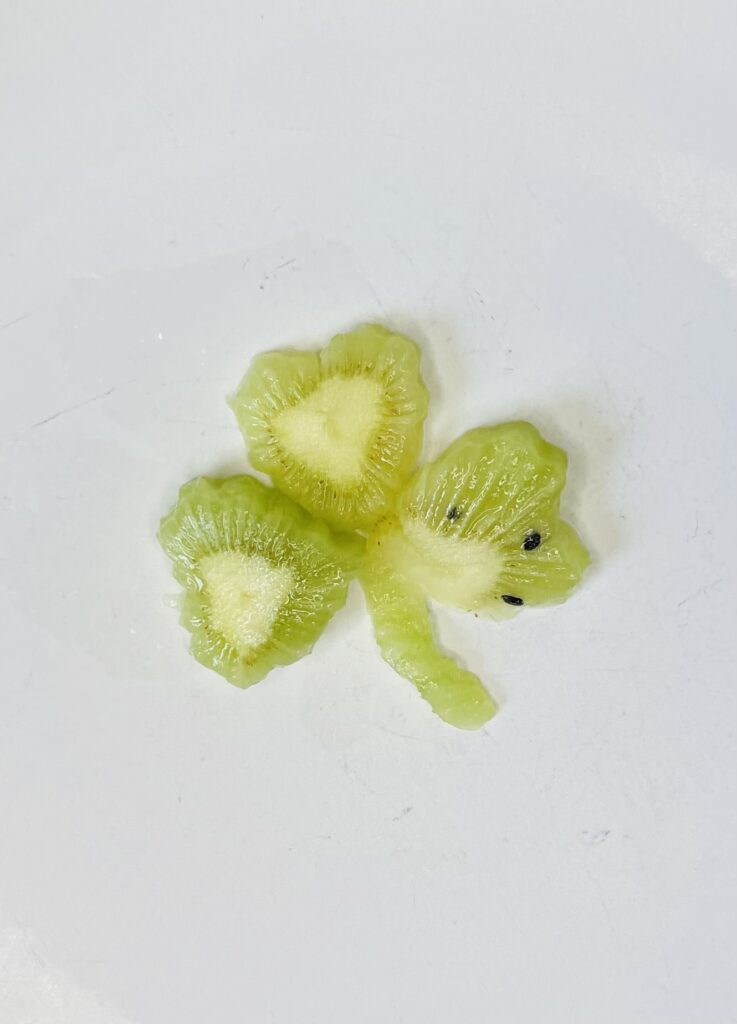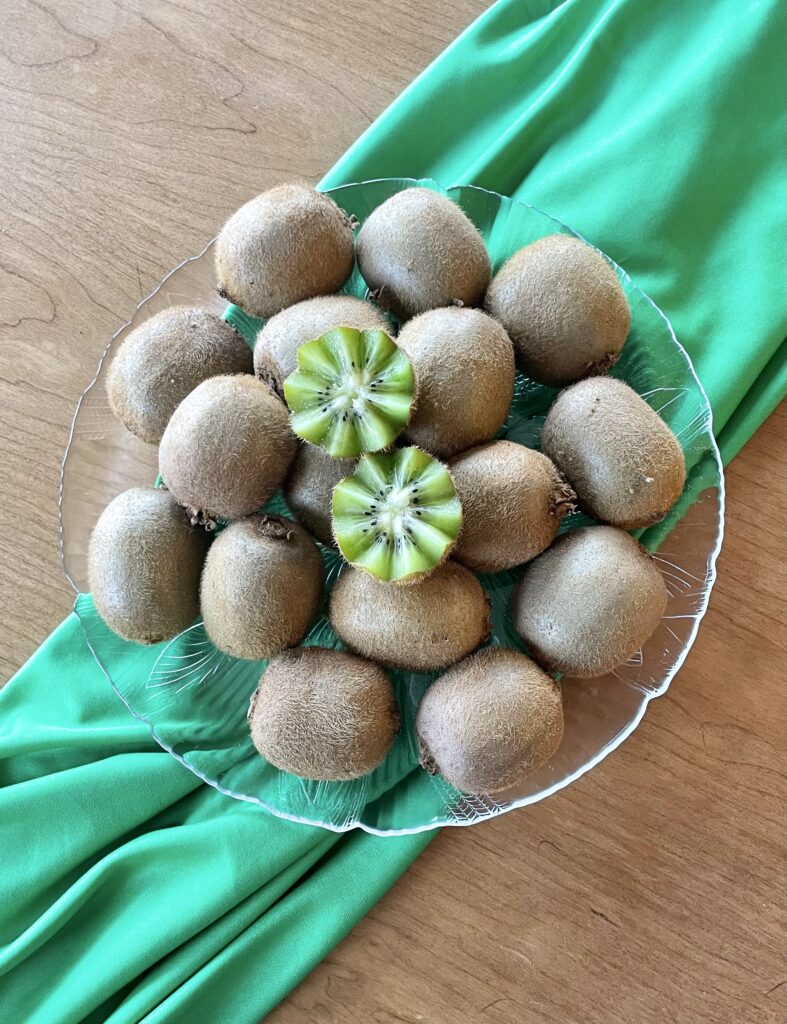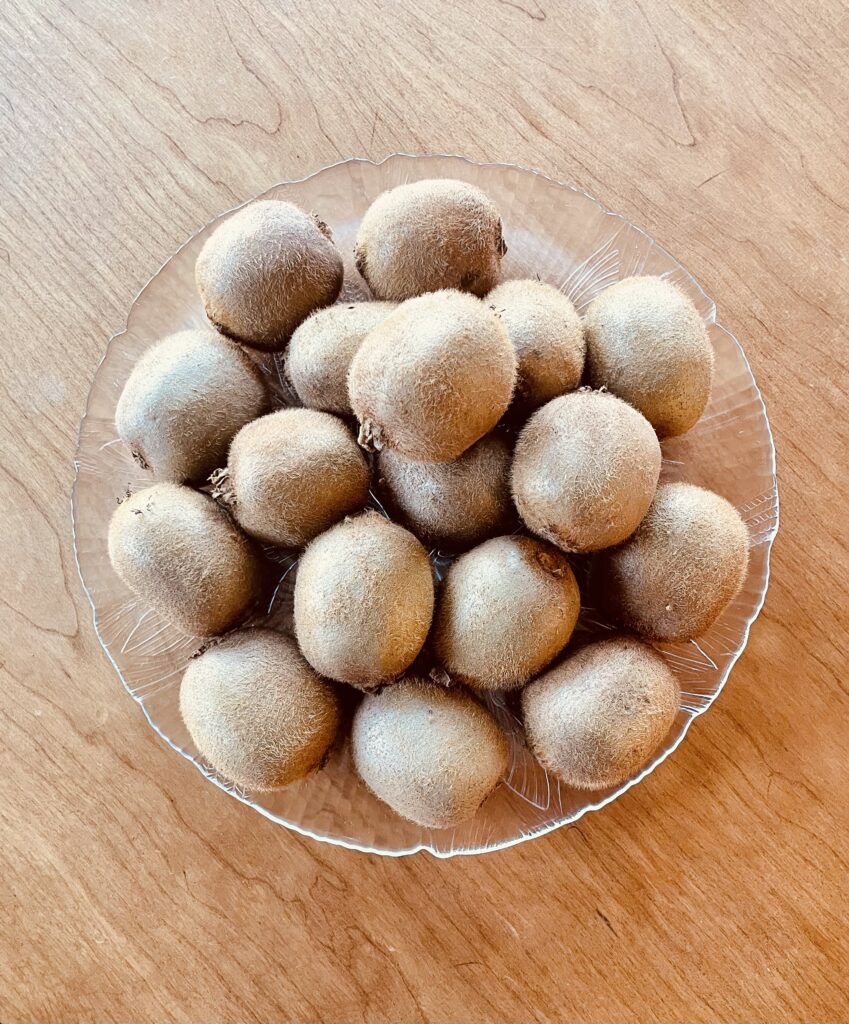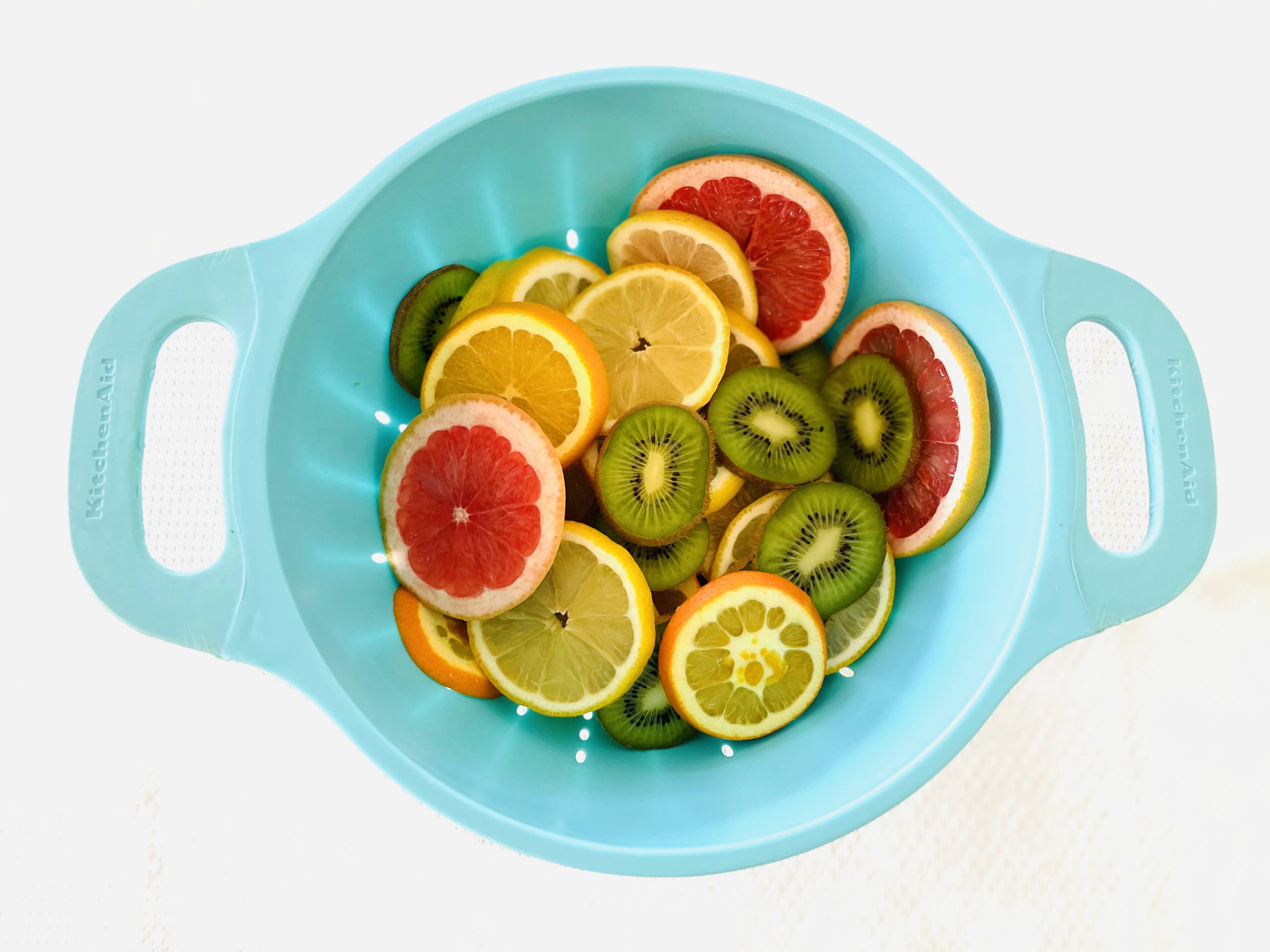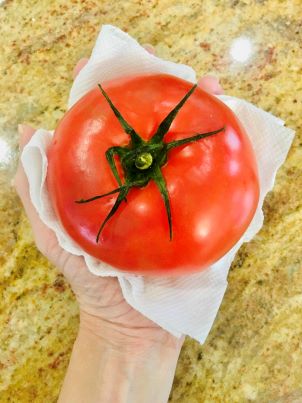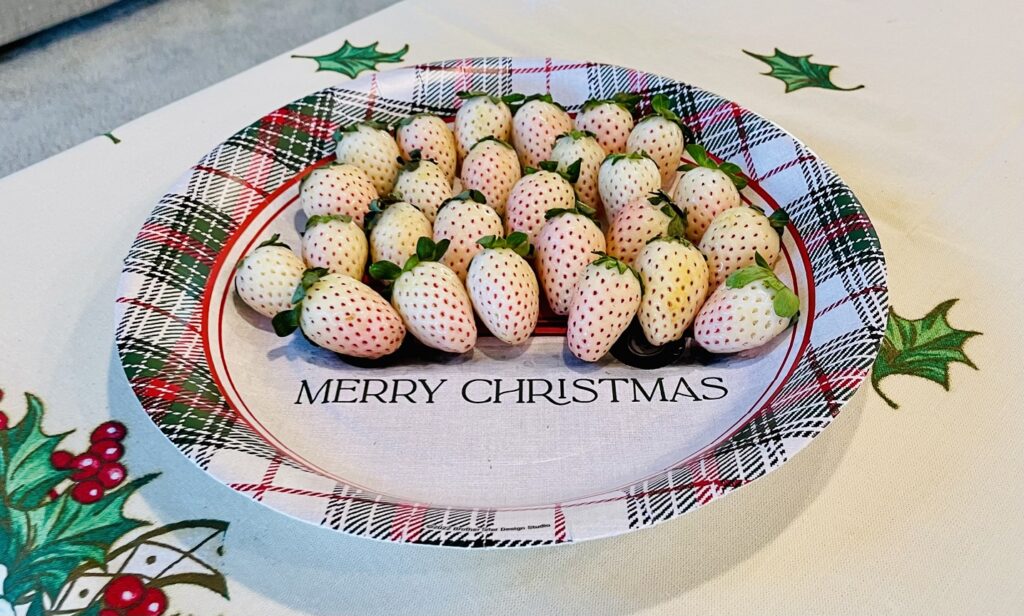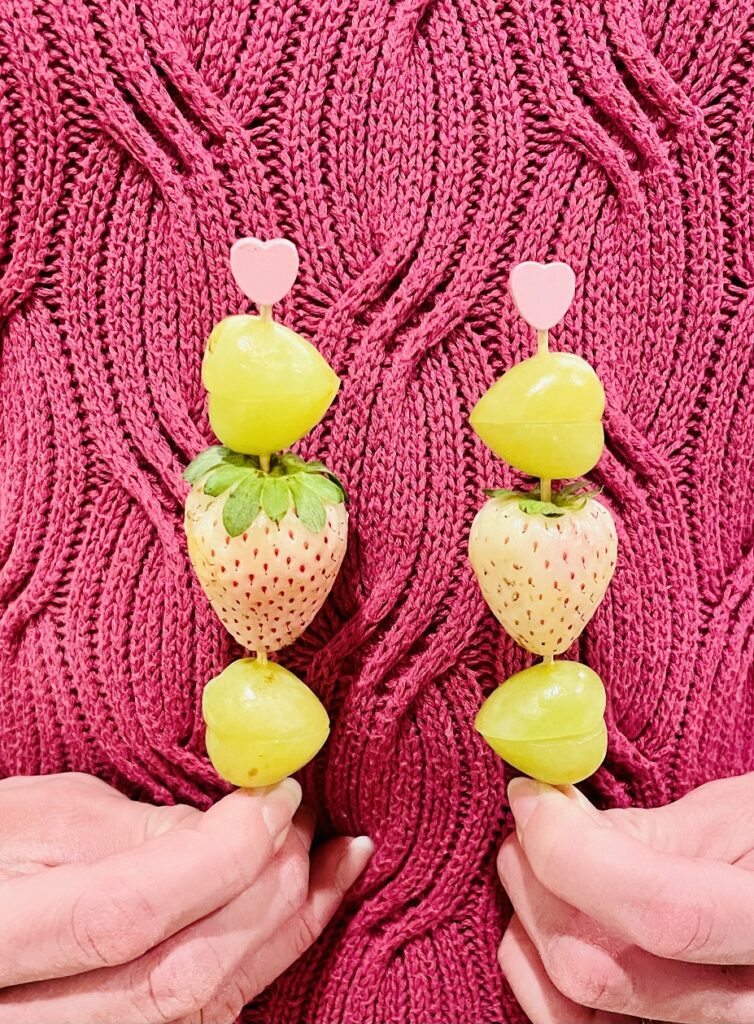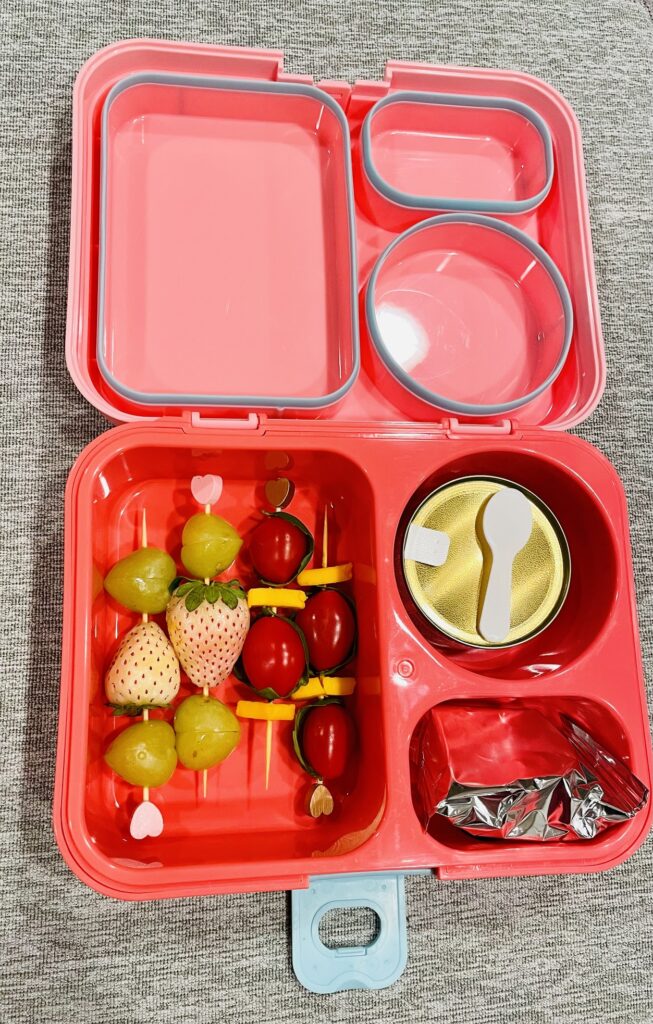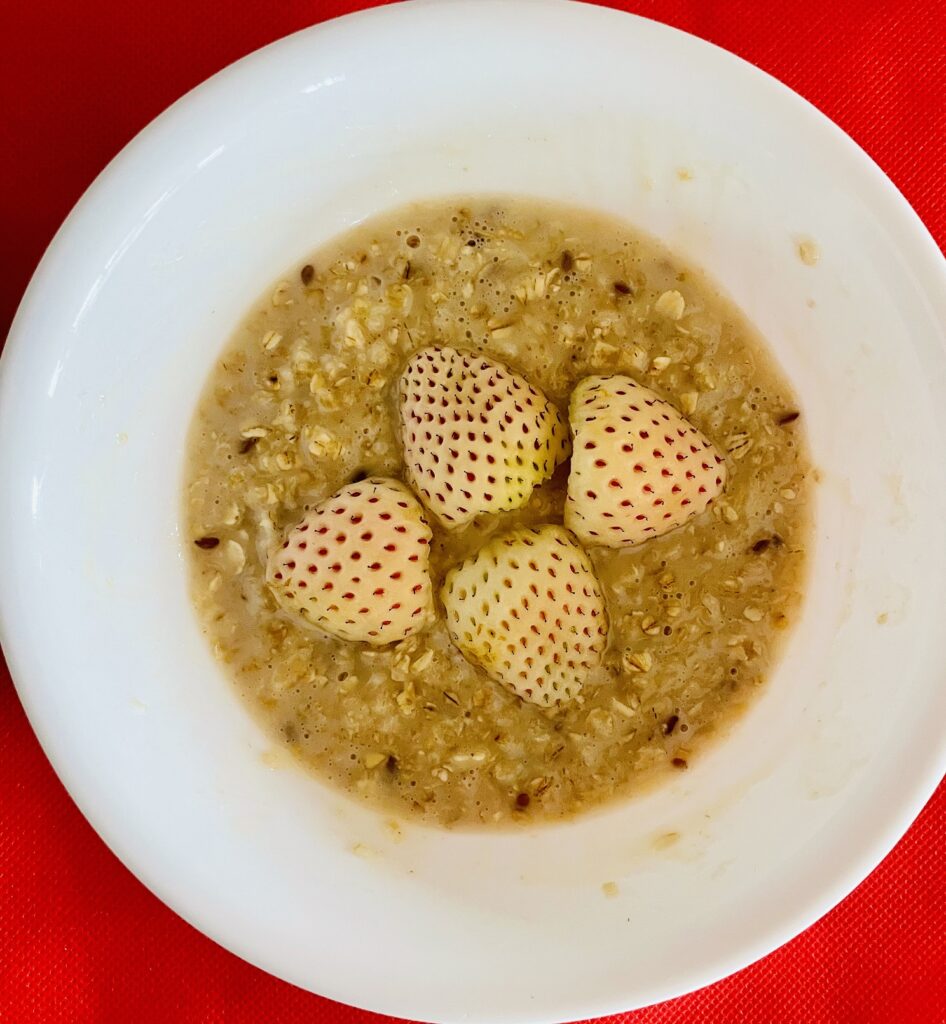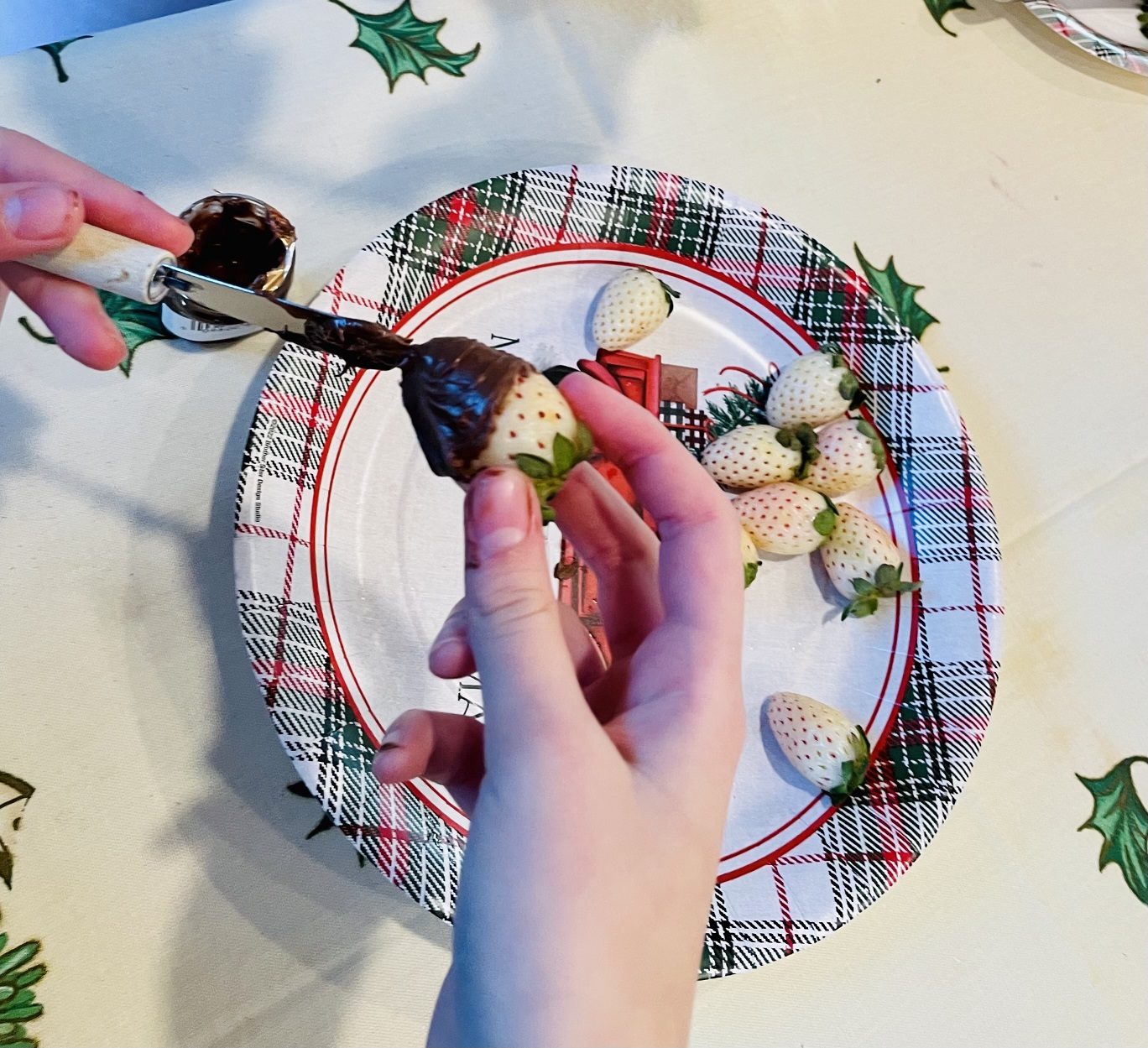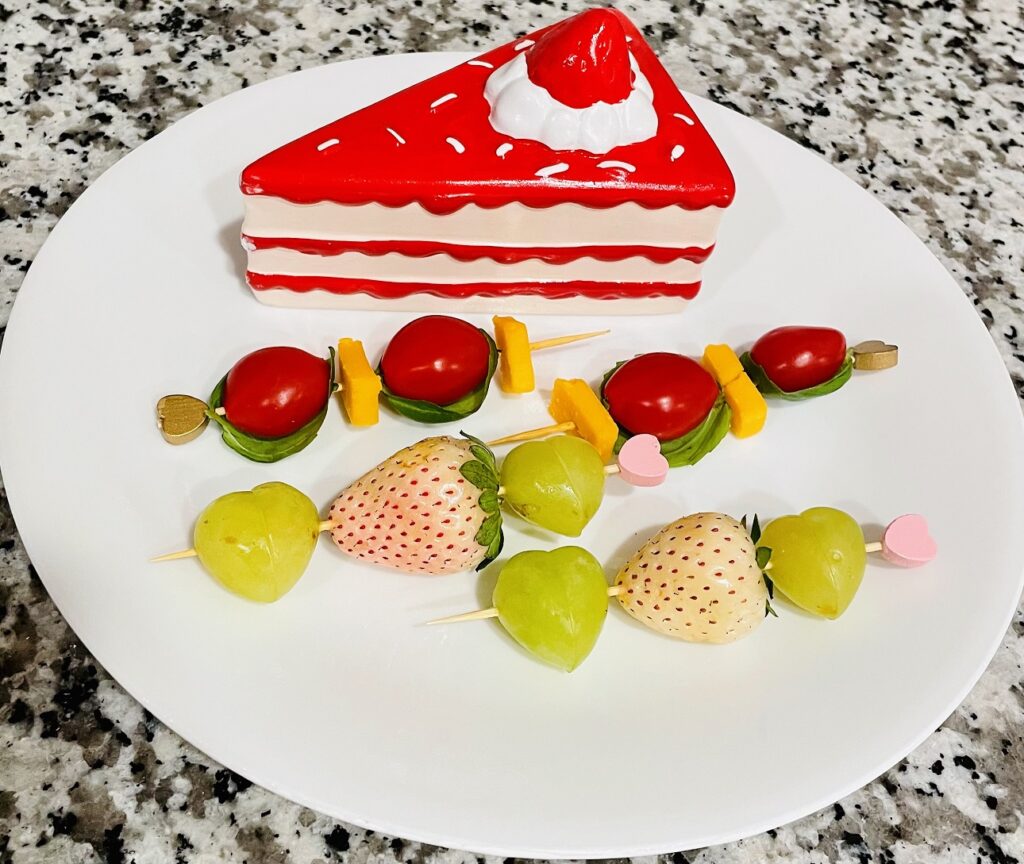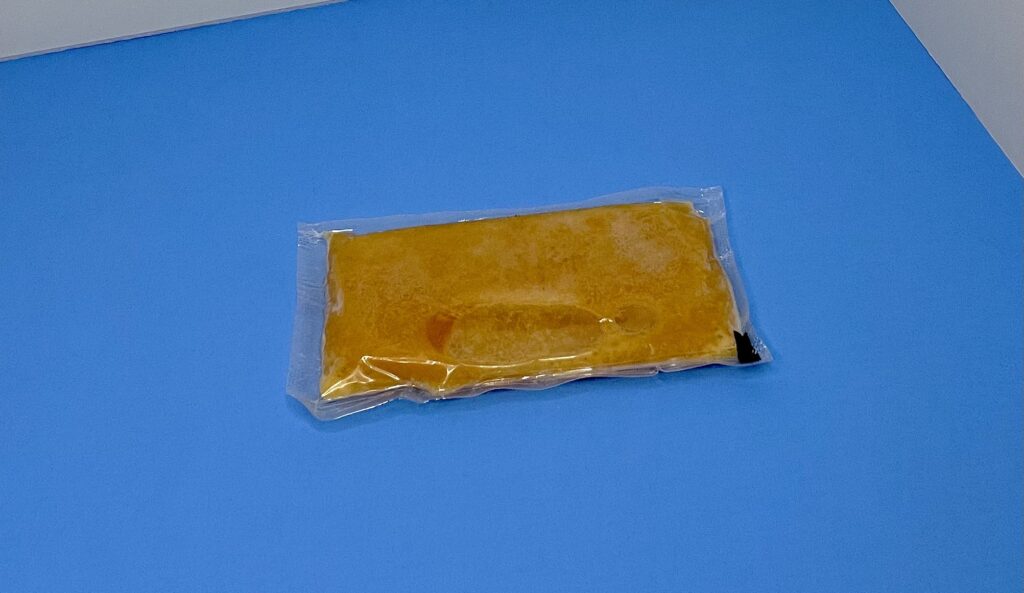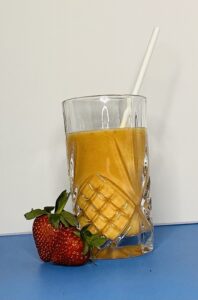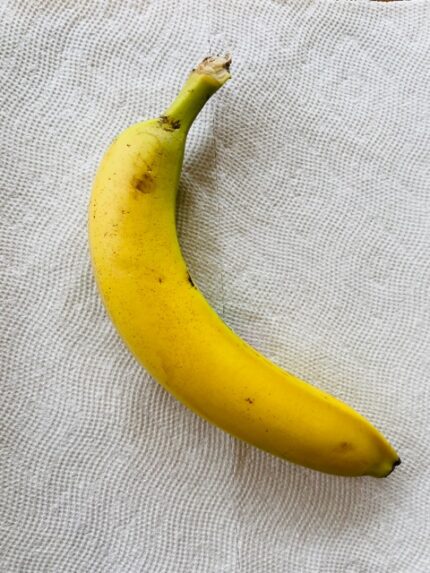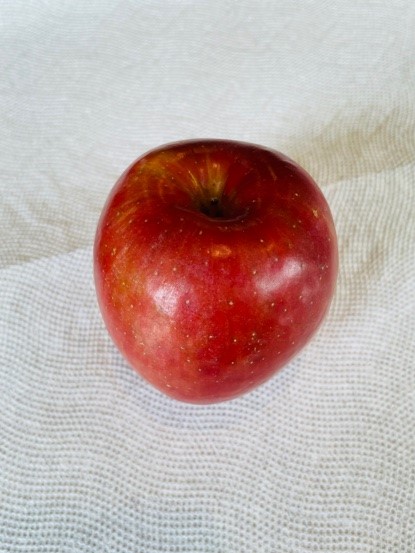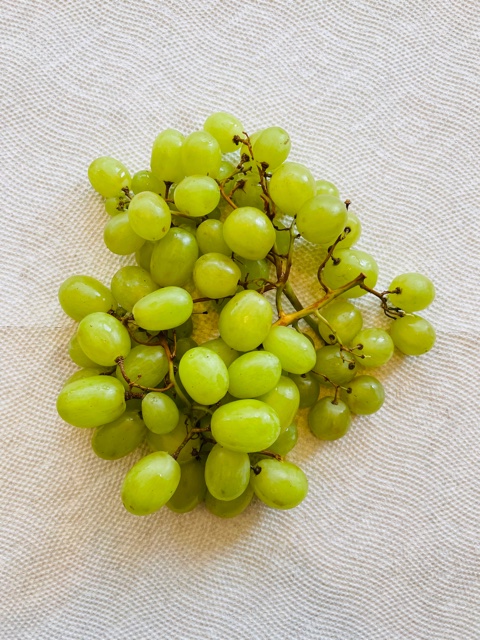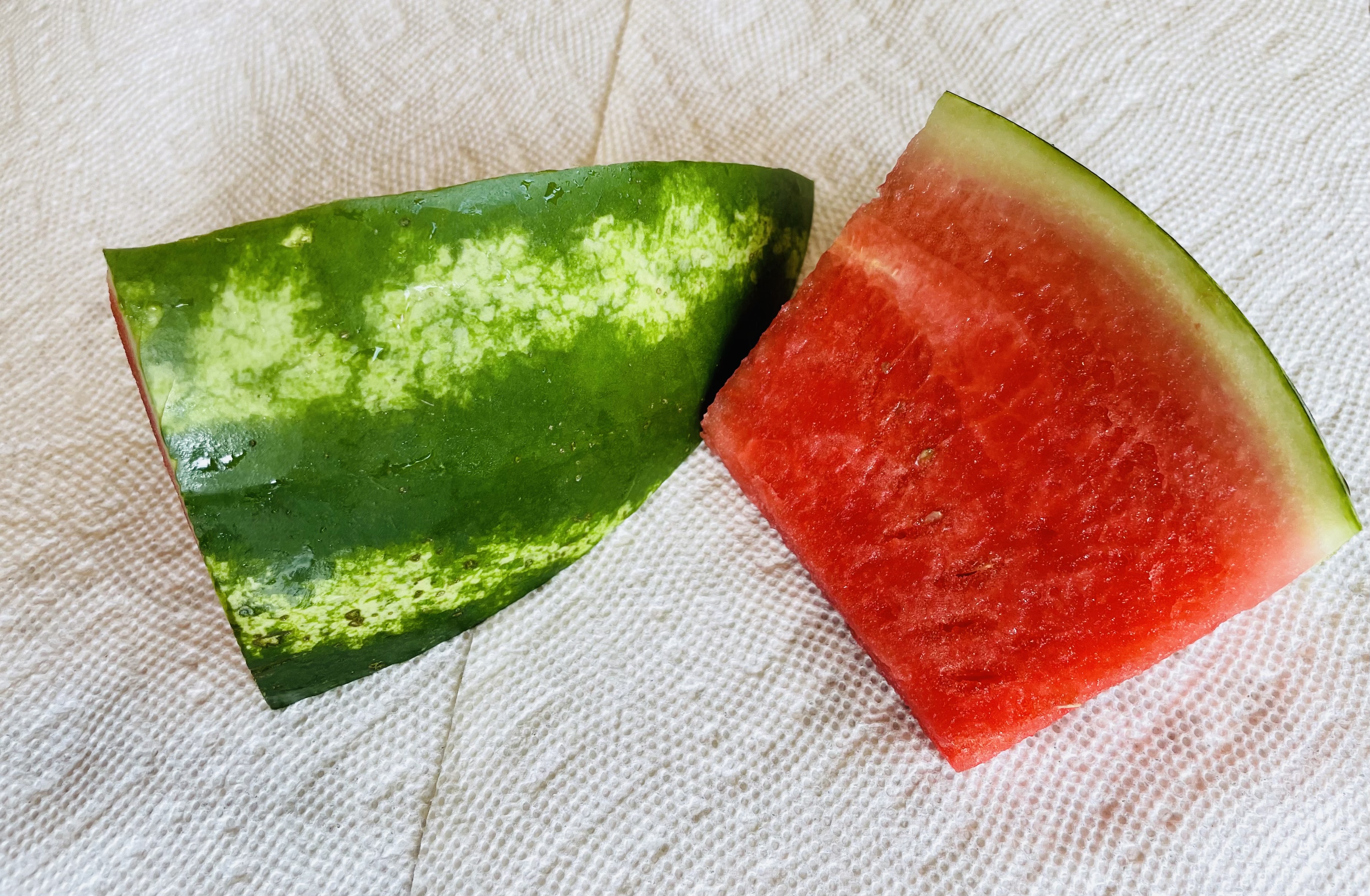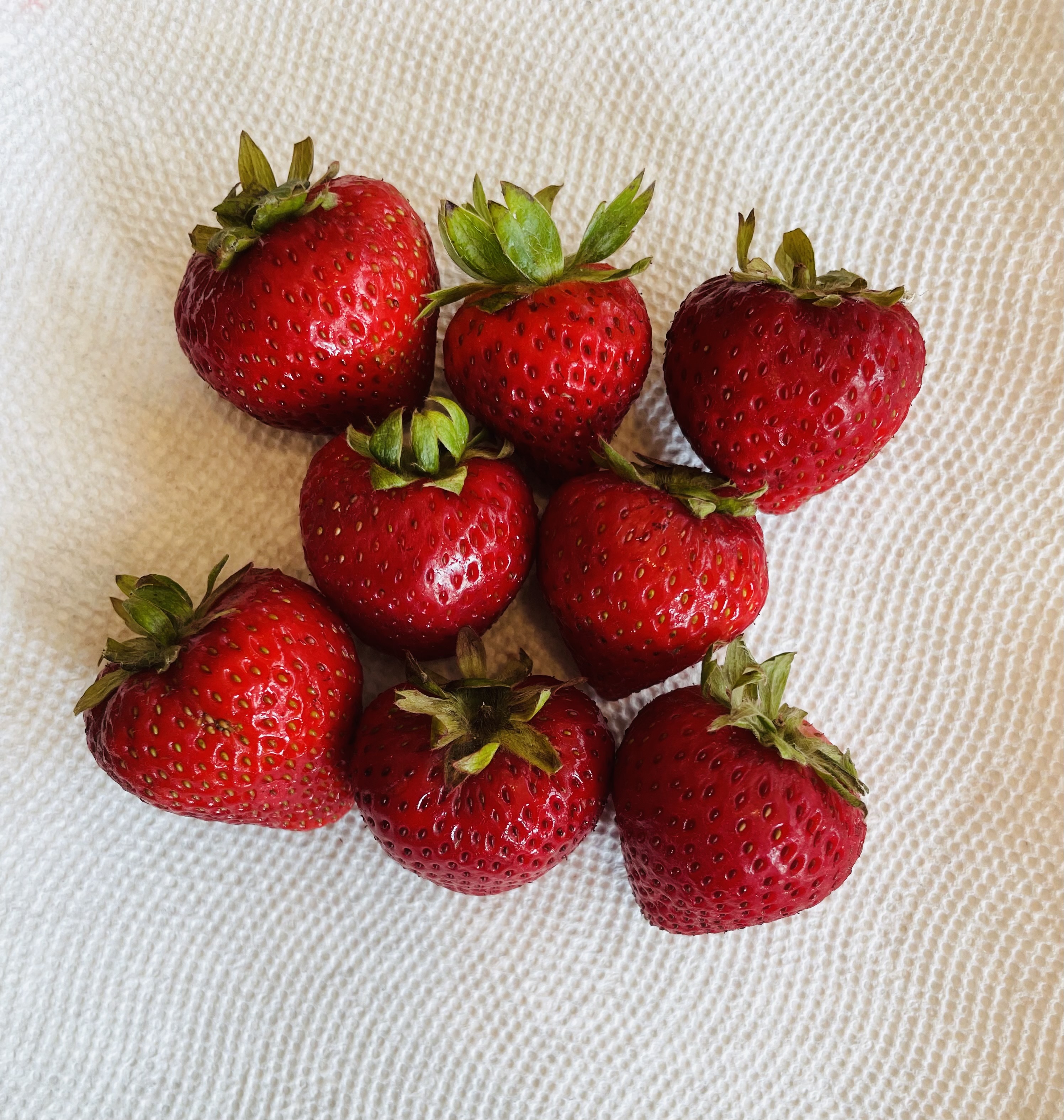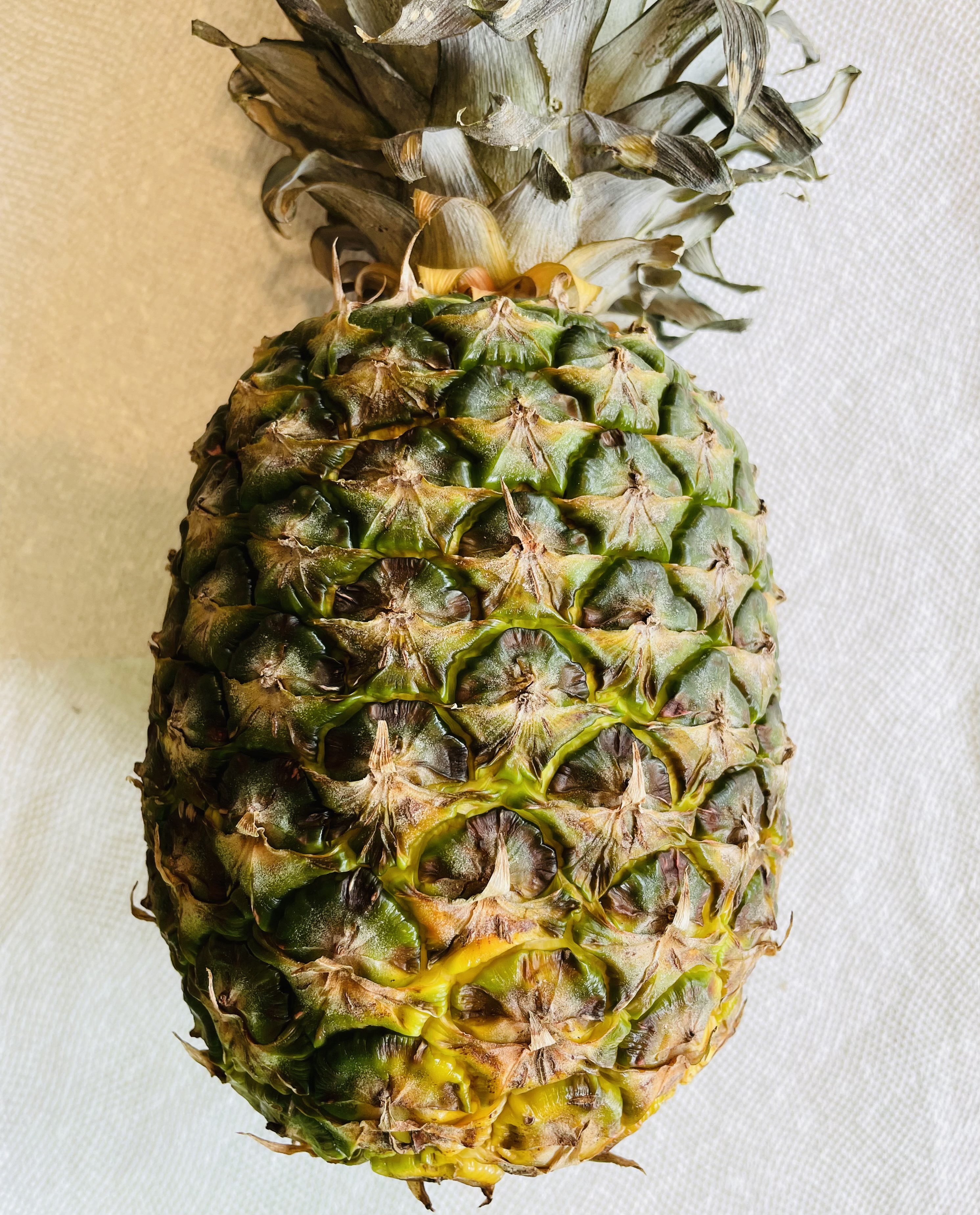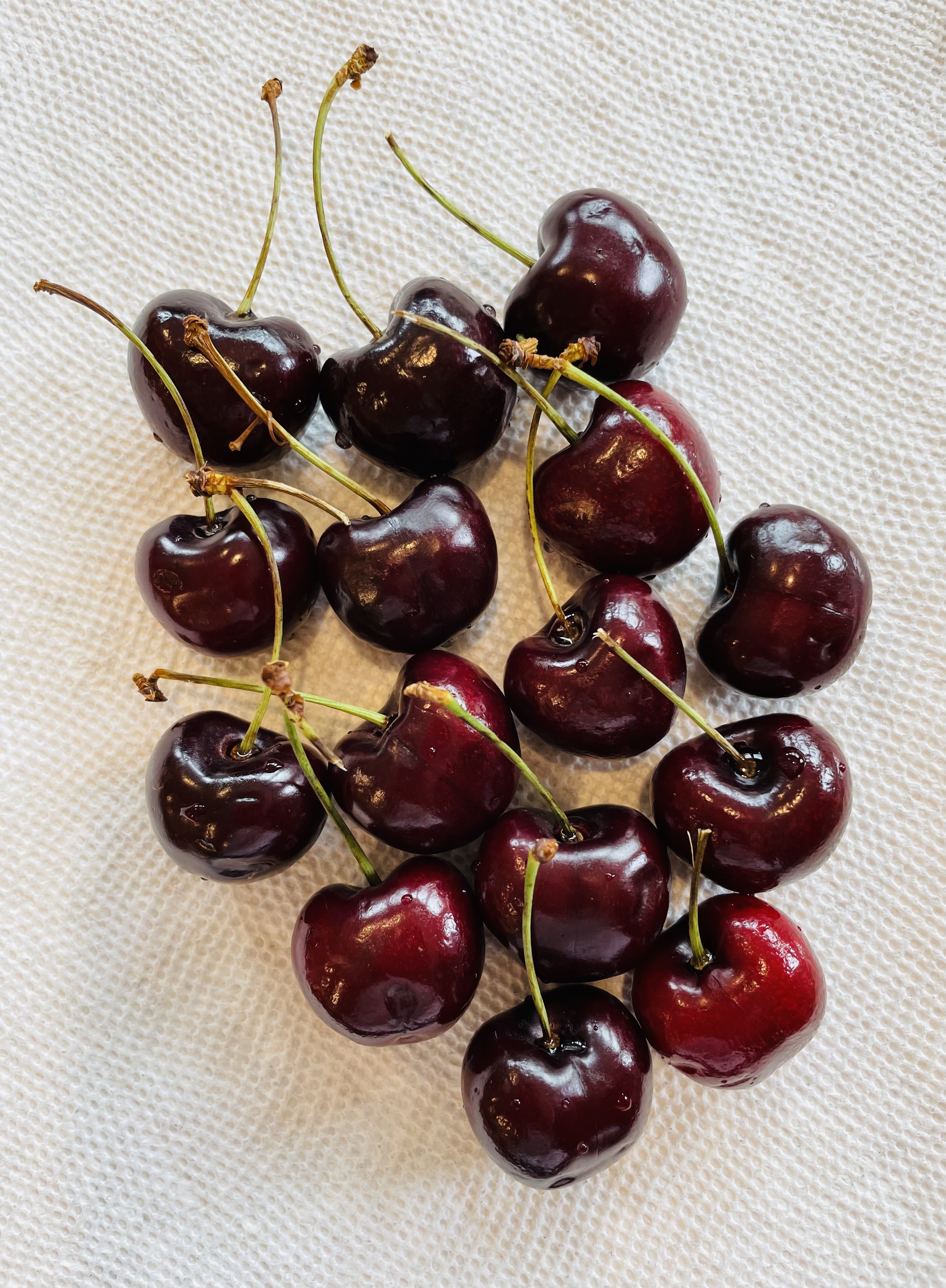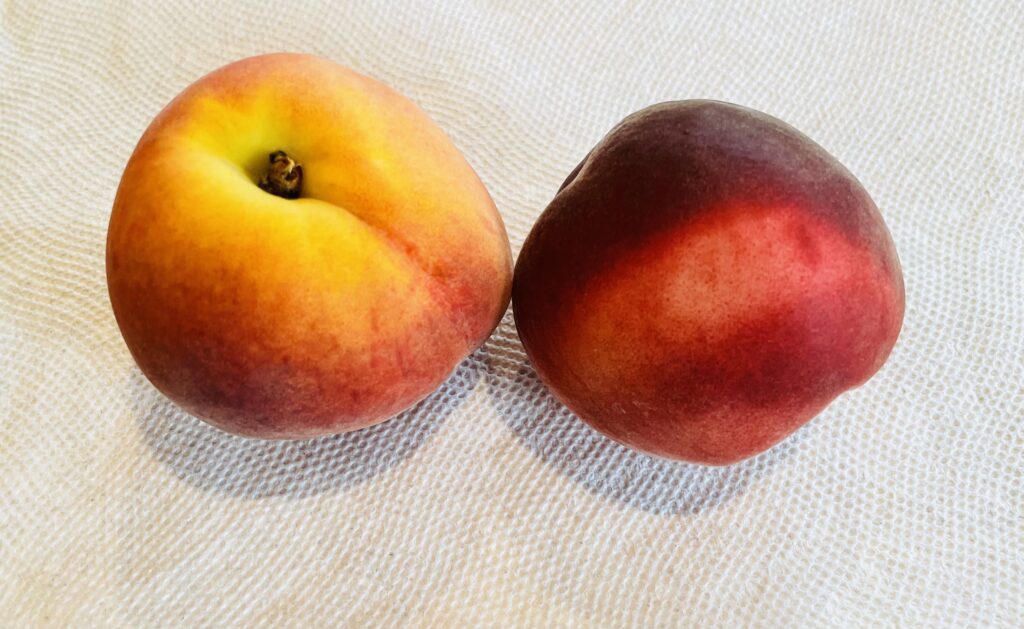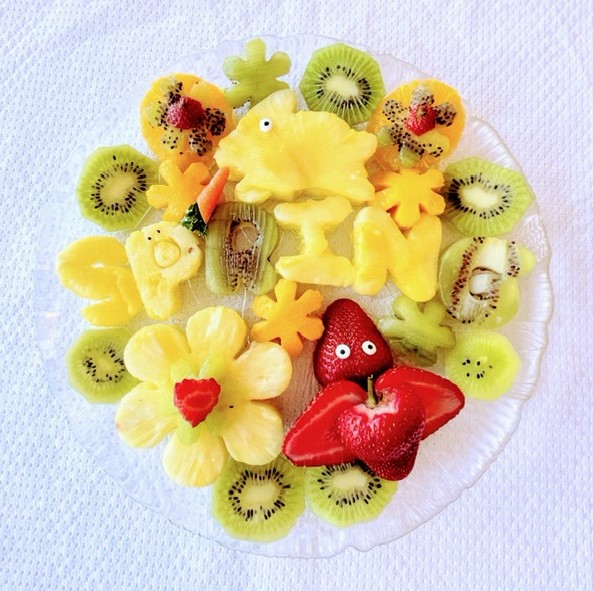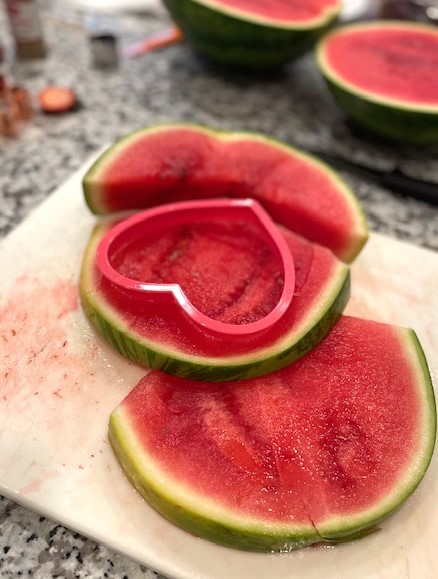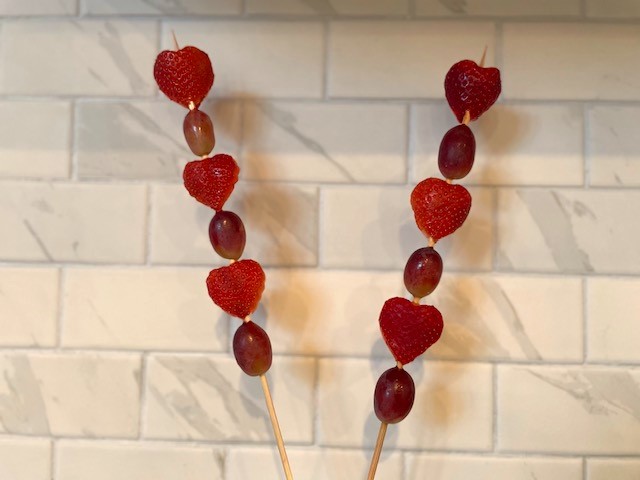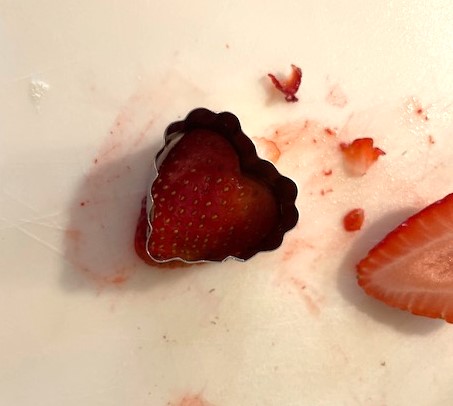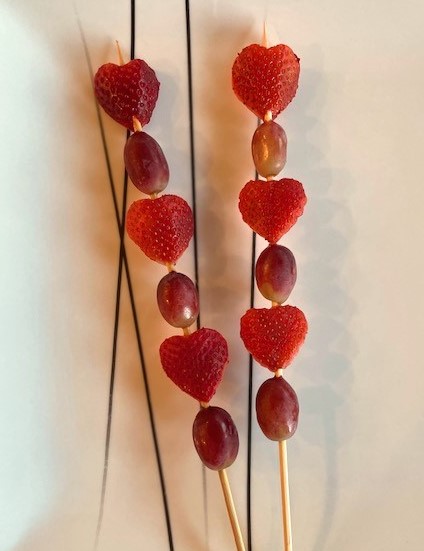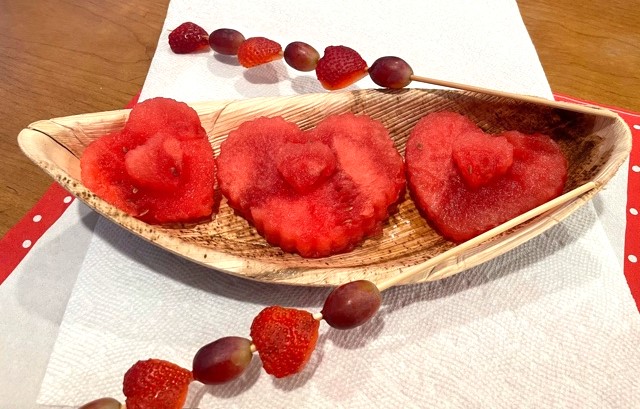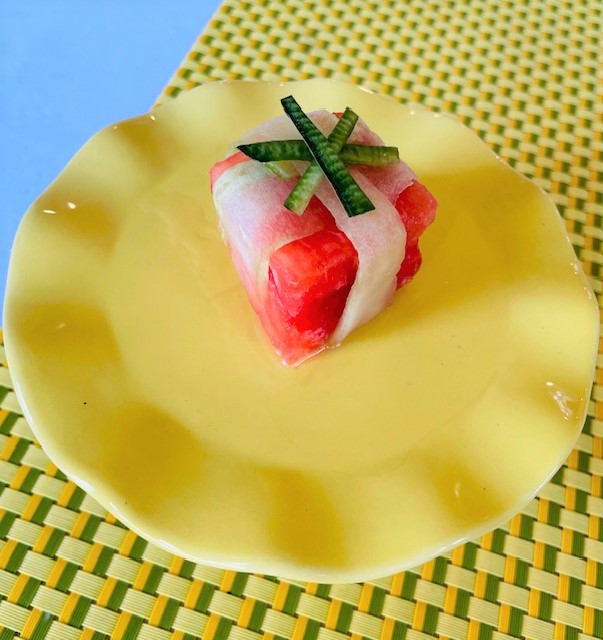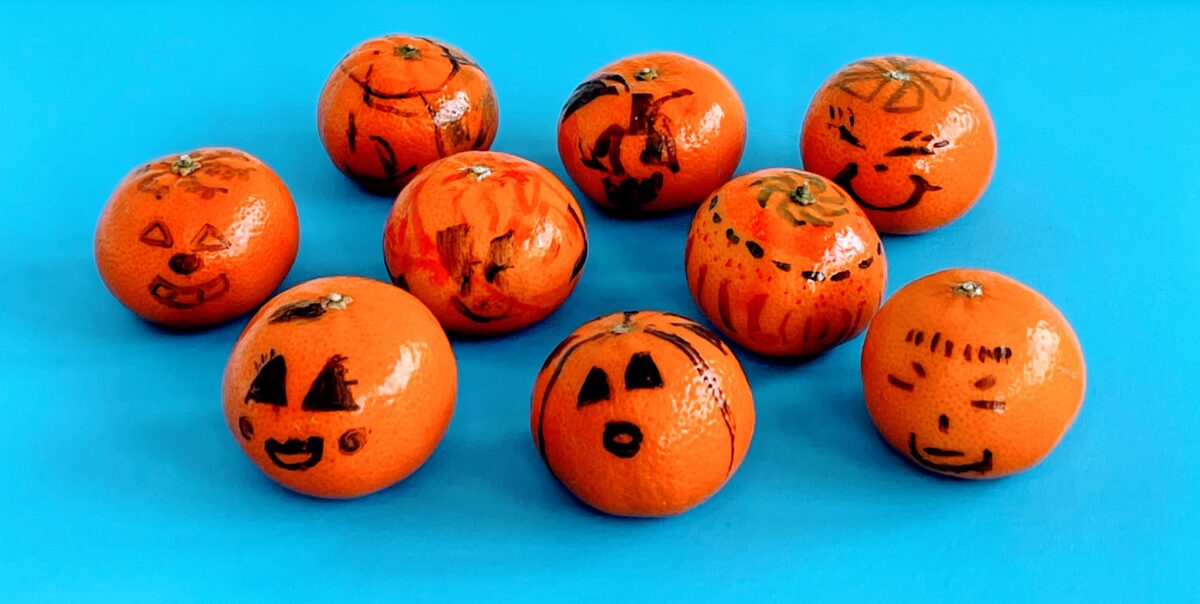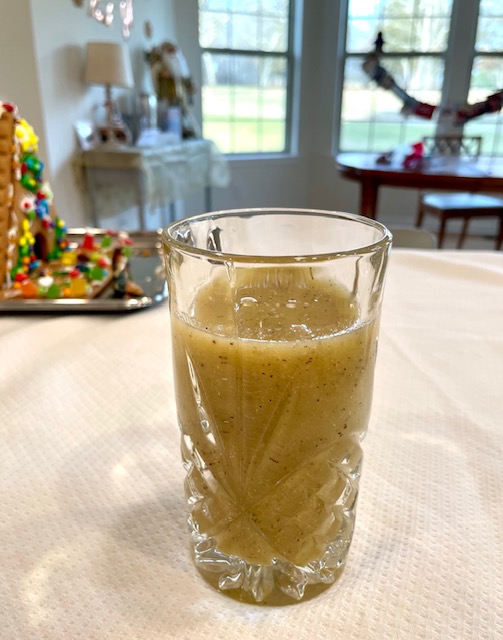Let’s learn and make the most out of fruits in the spring season!
Here at Lovely Mango, we often talk about the importance of eating fruits in season. And it wouldn’t be different this spring! Fruits of the season are healthier and more delicious. When buying fruits in season, it means that they were picked when fully ripened and consequently they taste delicious! Fruits in season also have better nutrition because the nutrients are fully developed once they are completely ripened. So, let’s enjoy fruits in this spring season!
We hope you enjoy this beautiful platter of Spring fruits cut in special shapes! Let’s do an overview of these fruits that are at their best during the springtime!
Orange – Despite oranges being in season in the winter, which is great to boost our vitamin C content during cold and flu season, many orange types continue in season during spring. That is also in our favor if we suffer from allergies. That is because the vitamin C content from oranges will boost our immune system, making us stronger against allergies. Some grapefruits and oranges are in season from winter all the way to May. Check out our article on fruits that will boost your immune system here.
Pineapple – For those who are looking to get back in better physical shape after the winter, pineapple can help! This fruit generally in season from March to July, is full of manganese which helps keep your bones strong. It’s not only beneficial to eat them before working out. Studies have shown that pineapples will help reduce inflammation and soreness after workout sessions.
Kiwi – There is about 80% of the daily vitamin C recommended value in one kiwifruit. But not only it has a great source of vitamin C to keep your immune system stronger. This fruit can also be beneficial in the Spring season especially for those who suffer from allergies that trigger asthma symptoms. A study shows that there was a positive effect on lung function among those who consumed citrus and kiwifruit. Eating these fresh fruits may reduce wheezing in susceptible children.
Strawberry – Not only we can enjoy the taste of fresh in-season strawberries as well as we can benefit our skin by eating them. The antioxidants found in strawberries help reduce skin damage from the sun’s UV rays and reduces inflammatory responses – acne. The vitamin C in strawberries can also work as a toner and reduce dark spots. Therefore, when you are out there enjoying nice weather and strawberry kabobs with your friends, know that your skin will be well assisted.
Mango – How about keeping your heart healthy for the start of the season of running and exercising outdoors? Mangoes are considered heart-healthy because of their high concentration of polyphenols. It primarily contains mangiferin, a bioactive compound that is antioxidant and may protect against inflammation. With a peak season running from May through September, mangos are so delicious and have so many recipes to enjoy in spring.
Most fruits can also be found during any other season or they can also be imported. But try enjoying the fruits in season and you will have the best in nutrition and flavor. In addition, you can feel better during the spring season as these fruits will give you specific benefits to help you obtain a better performance either exercising or enjoying time with friends while outdoors.
